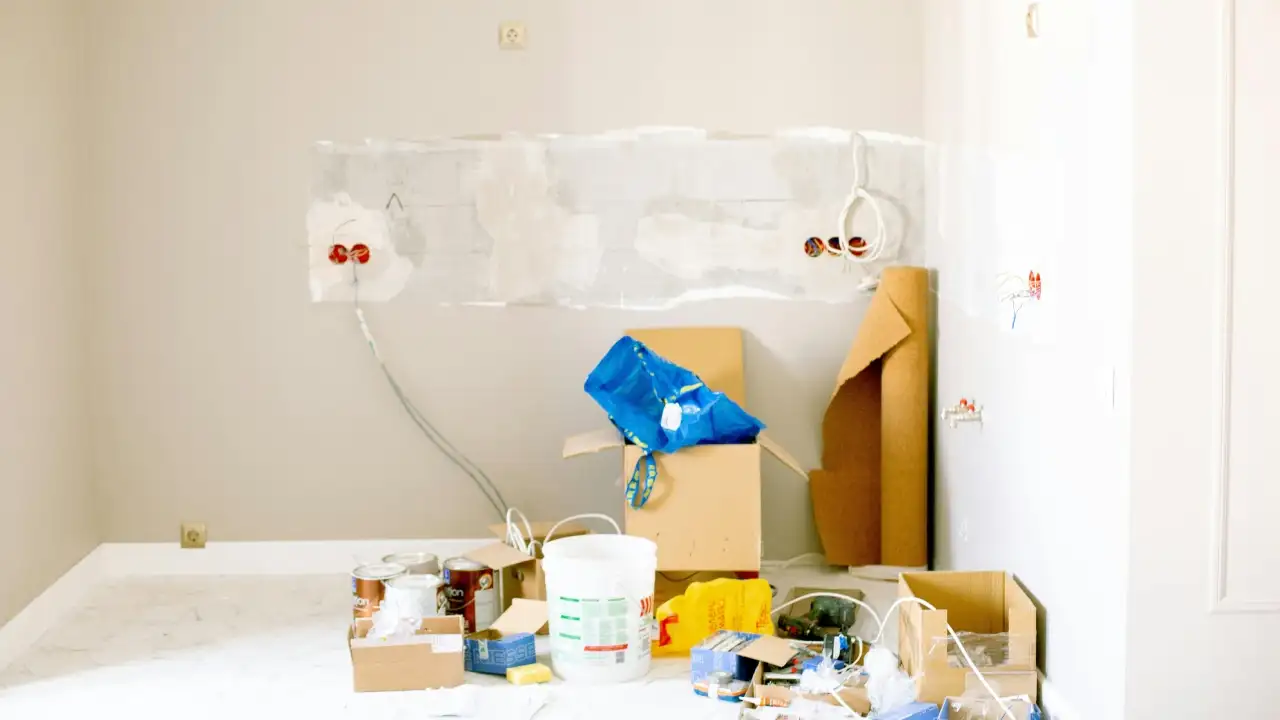Ever try keeping a Colorado home comfortable in the middle of January only to realize the wind outside is winning? Between unpredictable snowstorms, rapid temperature swings, and the endless push for energy efficiency, living here means constantly adjusting your space to work better for you. In this blog, we will share practical ways to create living spaces that are more comfortable, functional, and valuable.
Starting With the Structural Basics
Before adding new décor or rearranging furniture, think about how the structure supports daily comfort. A well-built home isn’t just about walls and a roof—it’s about how efficiently those components handle the elements. Insulation, airtight seals, and high-quality windows form the foundation for a home that stays warm in winter, cool in summer, and quiet year-round.
For many Colorado homeowners, upgrading windows is one of the most effective changes they can make. It’s not just about stopping drafts; it’s about improving insulation, blocking harmful UV rays, and even reducing noise from busy streets. Working with a trusted Longmont window company ensures that the products are suited to the region’s weather patterns, from heavy snow to dry, sunny afternoons. They understand which materials perform best at high altitude and which installations will maximize efficiency. Better windows also make a visible difference in curb appeal, which can boost resale value in a market where first impressions matter.
Replacing outdated or poorly sealed windows often leads to noticeable drops in heating and cooling costs. Beyond the savings, there’s the comfort factor—being able to sit near a window without feeling a chill or dealing with condensation build-up. When structural elements like this are handled early in a renovation or upgrade plan, the rest of the improvements have a stronger foundation to build on.
Lighting That Works All Day
Good lighting changes how a space feels, and in modern living, it also influences how you function. Natural light remains the gold standard, but artificial lighting needs to fill the gaps during early mornings, cloudy days, and evenings. Layering your lighting—overhead fixtures, task lights, and accent lighting—creates flexibility for different activities and moods.
LED options now offer a wide range of brightness and color temperatures, letting you tailor each room’s lighting to its purpose. A kitchen might benefit from cool, bright light for cooking, while a living room works better with warm, dimmable options for relaxing. Lighting placement matters just as much as bulb choice. Fixtures above work surfaces prevent shadows, while well-placed floor lamps can create depth in a space without adding clutter.
Incorporating smart lighting controls is another way to enhance comfort and efficiency. Systems that adjust automatically based on time of day, occupancy, or natural light levels can reduce energy use while maintaining consistent illumination. With energy costs under scrutiny nationwide, even small efficiency gains have long-term benefits.
Storage That Keeps Up With Real Life
A well-organized home feels bigger, cleaner, and calmer. Storage upgrades make this possible. Custom shelving, built-in cabinetry, and modular closet systems turn underused corners into valuable space. Kitchens benefit from pull-out pantry shelves, deep drawers for pots, and vertical dividers for baking trays. Bathrooms feel less cramped with recessed medicine cabinets and over-the-toilet shelving.
One often-overlooked area is the garage. Adding ceiling-mounted racks, wall panels for tools, and lockable cabinets not only clears space but also improves safety. A tidy garage makes it easier to store seasonal gear, sports equipment, and emergency supplies without turning the space into a clutter zone.
Well-designed storage also supports the resale market. Buyers increasingly value homes that feel move-in ready, and smart storage solutions give the impression of a space designed for everyday living rather than patched together over time.
Comfort Through Climate Control
Heating and cooling go beyond thermostats. Zoning systems, energy-efficient HVAC units, and ceiling fans all contribute to consistent comfort. For homes with fluctuating temperatures between floors, zoning can be a game-changer, allowing you to heat or cool only the areas in use.
Regular maintenance is essential. Dirty filters, blocked vents, and neglected ductwork reduce efficiency and drive up costs. Scheduling annual inspections catches small problems before they require expensive repairs. Air quality is also part of comfort—installing humidifiers or air purifiers can make a noticeable difference, especially in dry winter months or pollen-heavy springs.
Emerging smart systems now allow homeowners to track energy usage in real time. Seeing how adjustments impact consumption helps refine habits and identify areas where upgrades could deliver bigger savings.
Outdoor Spaces With Year-Round Potential
Backyards, patios, and balconies have evolved into essential living spaces rather than seasonal luxuries. Covered patios, fire pits, and weather-resistant furniture extend usability beyond summer. Strategic landscaping can provide shade in summer and wind protection in winter, improving comfort while also adding beauty.
Outdoor kitchens, built-in seating, and lighting can transform a plain yard into a functional extension of the home. Even smaller upgrades—like updating railings, repairing decking, or adding potted plants—contribute to a more inviting outdoor environment.
As more people look for homes that offer private, flexible outdoor areas, these features can increase property value and market appeal.
Adapting for Changing Needs
Homes need to evolve as life changes. Designing spaces that can serve multiple purposes—like guest rooms that double as offices or basements that can shift between playrooms and workout areas—ensures long-term usefulness.
Accessibility improvements, such as wider doorways, step-free entries, and walk-in showers, make homes more functional for all ages. Even if you don’t need these features now, incorporating them during renovations avoids costly retrofits later.
With more households embracing hybrid work, dedicated office spaces or well-equipped nooks are no longer luxuries—they’re necessities. Planning these areas with proper lighting, storage, and sound control makes remote work more productive and less intrusive on the rest of the home.
Investing With Purpose
Not every improvement adds equal value. Kitchens and bathrooms consistently rank as high-ROI projects, but so do energy-efficient upgrades like new windows, insulation, and modern HVAC systems. Even smaller touches, such as updated hardware, fresh paint, and improved lighting, can refresh a home without major expense.
The key is balancing personal comfort with market appeal. Renovations that align with both will serve you now and pay off later. Keeping an eye on broader trends—like sustainability, low-maintenance materials, and flexible spaces—helps guide decisions that will remain relevant for years.
Better living spaces aren’t built overnight. They come from thoughtful planning, practical upgrades, and a focus on both present comfort and future adaptability. When improvements are intentional rather than impulsive, a house becomes more than just a place to live—it becomes a space that truly works for you.

